* Microbiology Starter Deck
NEW 2025 – (Sample Cards | Download game and rules* | Purchase)…
This deck, hosted by the Michael Smith Laboratories, is a STARTER deck for a hand building game that looks at biodiversity in the microbial world. This includes bacteria, archaea, viruses, fungi, and protists, as well as highlighting the myriad of roles microbes play in our living world (both good and bad)!
*Note that the game is played in similar fashion to the Phylo GSA deck and the Phylo WWEST WISE deck (see game play here), (see downloadable rules above for more details).

Escherichia coli
Bacteria
These bacteria are often studied by scientists to learn more about bacteria. They live in our intestines but can sometimes make us sick too.

Vibrio cholerae
Bacteria
These bacteria infect our intestines and give us diarrhea. To feel better we drink lots of water to replace the liquids we lost.

Prochlorococcus marinus
Bacteria
These bacteria make a large amount of the oxygen we breathe and are some of the oldest organisms in Earth’s history.

Wolbachia
Bacteria
These bacteria live inside insects and stop them from laying eggs. They can even stop the insects from spreading diseases and have been used for this purpose.

Clostridium perfringens
Bacteria
These bacteria can make us very sick if we eat them. We call this “food poisoning” and it often means we feel nauseous and vomit.

Yeast (Saccharomyces cerevisiae)
Fungi
These fungi are used to cook things like bread by making it rise.